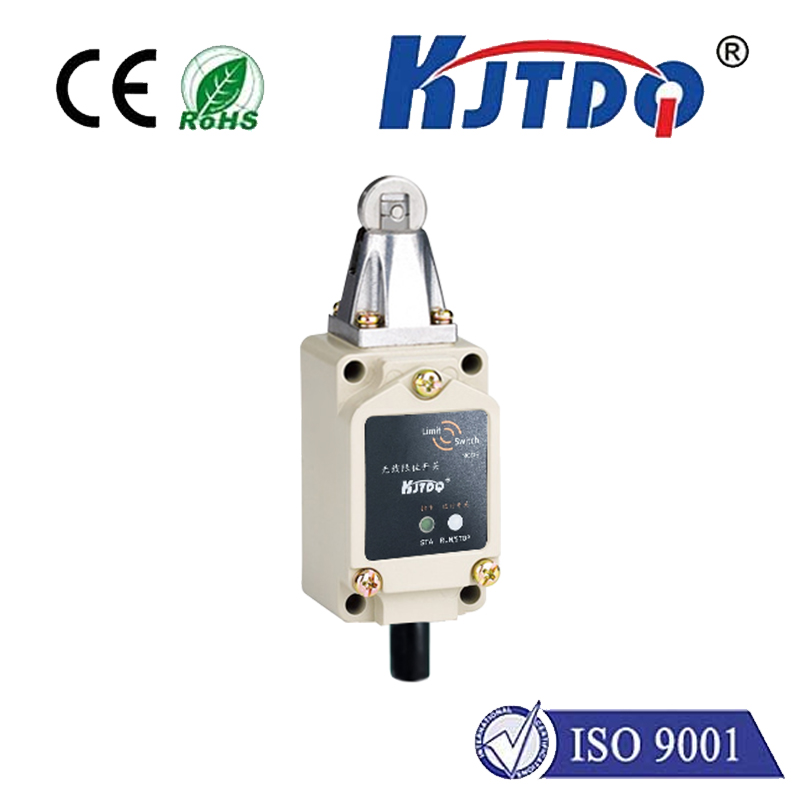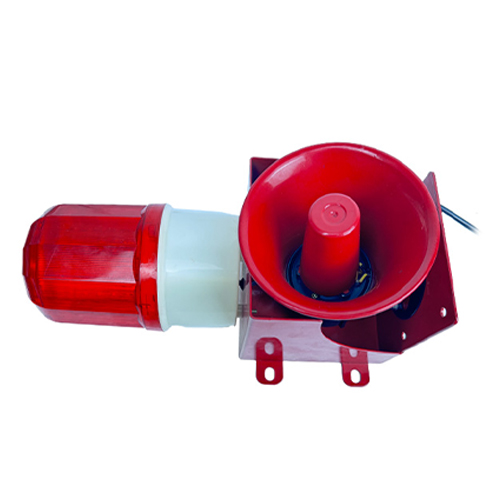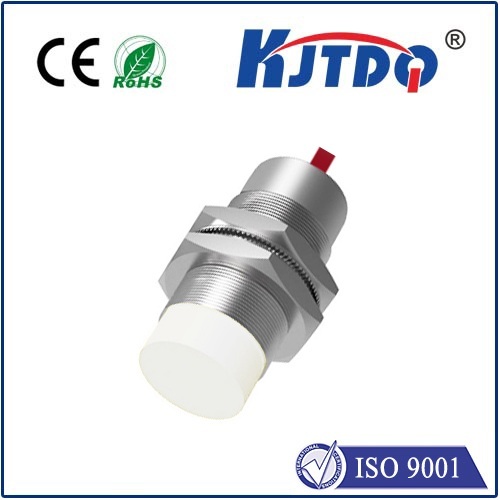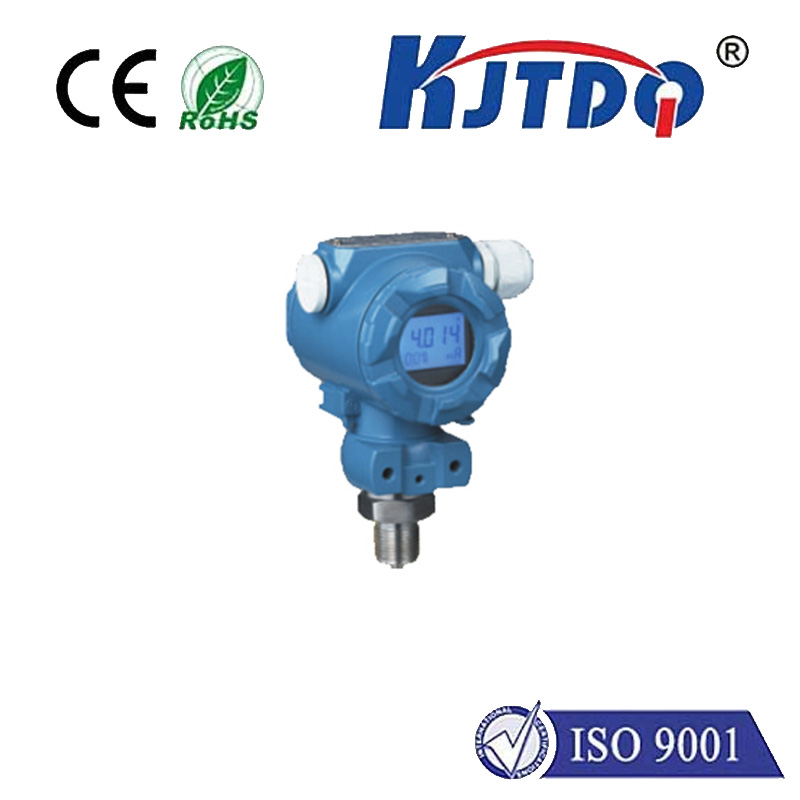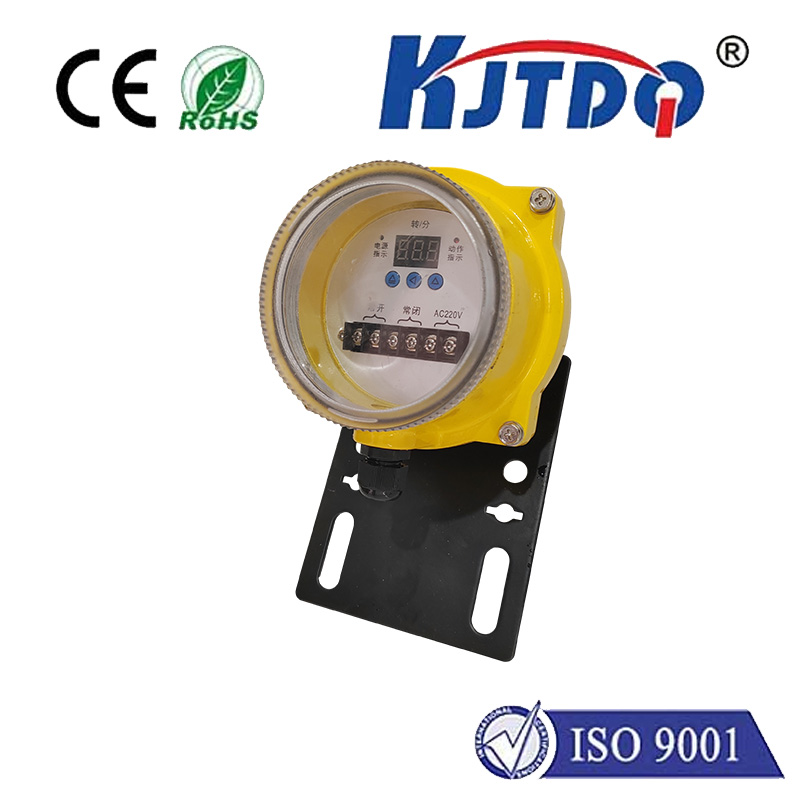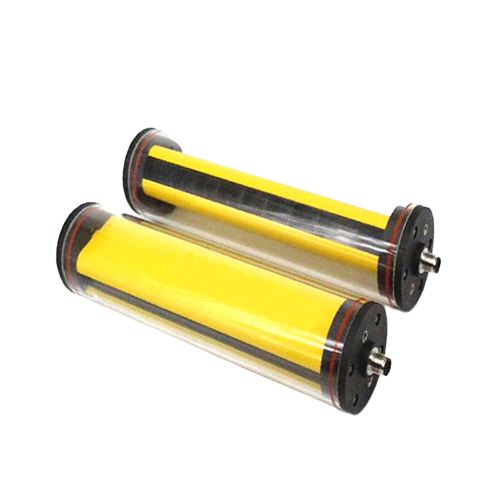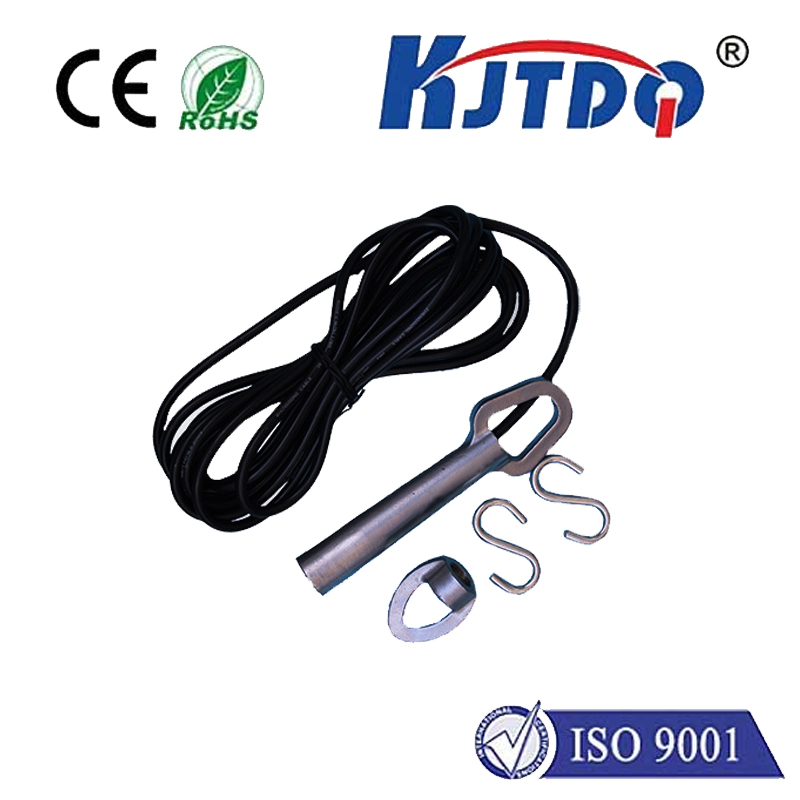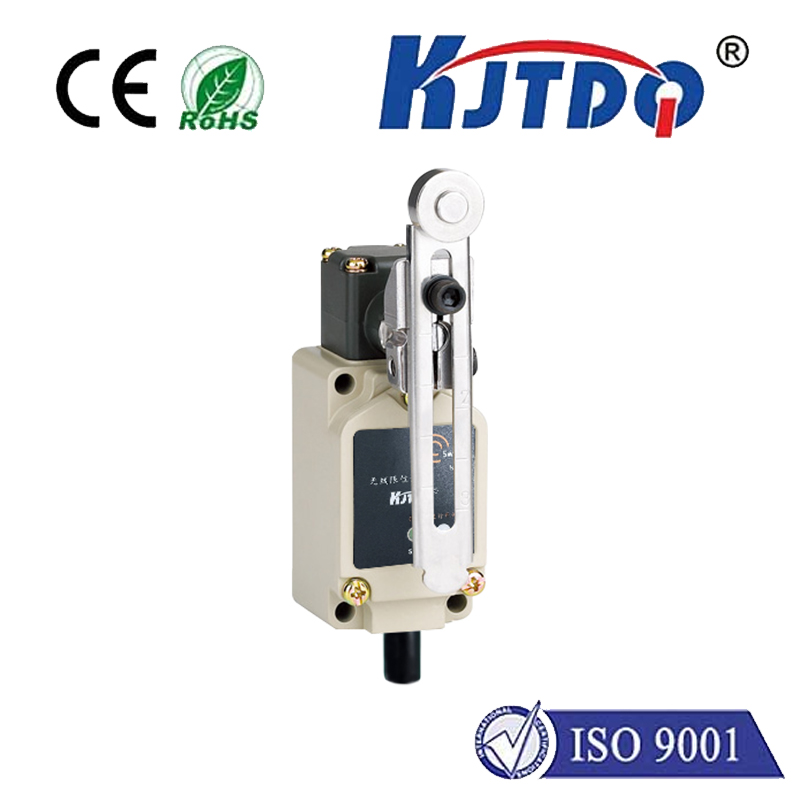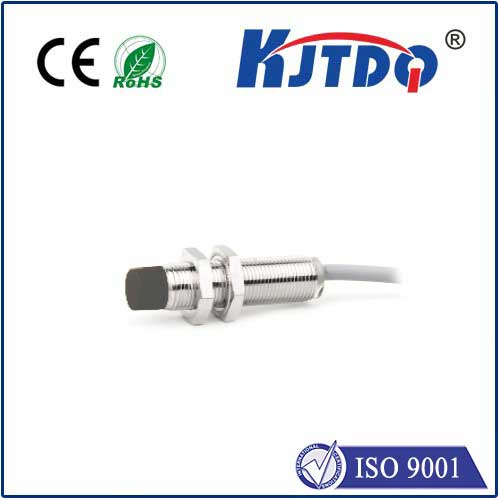

check

check

check

check

check

check

check

check

check

check
Imagine a technology that can “feel” an object approaching without ever making contact. A silent sentinel that senses presence through an invisible energy field, immune to dirt, color, or even transparent materials. This isn’t science fiction; it’s the remarkable capability of the electric field proximity sensor. Far more than just another switch, these innovative devices leverage fundamental electromagnetic principles to provide versatile, reliable, and non-contact detection in environments where other technologies struggle. Understanding how they work and where they excel unlocks their potential to enhance safety, efficiency, and automation across countless industries.
At its core, an electric field proximity sensor functions by generating a small, oscillating electric field from its active face or electrode. This field extends a short, defined distance into the space surrounding the sensor. It operates on a simple yet profound principle: when an electrically conductive or non-conductive object enters this field, it disrupts the field distribution. Even non-conductive materials (like plastic, wood, liquids, or glass) interact with the electric field due to their dielectric properties, causing a measurable change. The sensor’s internal circuitry continuously monitors the characteristics of this oscillating field – typically changes in capacitance or oscillation amplitude. When the disruption caused by a target object exceeds a predefined threshold, the sensor’s output state switches, signalling detection. It’s a perfect example of non-contact sensing, eliminating mechanical wear and enabling detection without physical interaction.
Why Choose an Electric Field Sensor? Unveiling Key Advantages

While technologies like optical, ultrasonic, or inductive sensors dominate discussions, electric field variants carve out a significant niche due to unique capabilities:
Where the Invisible Field Makes a Visible Impact: Applications
The unique strengths of electric field proximity sensors make them indispensable in diverse scenarios:
Selecting and Optimizing Your Sensor
While powerful, maximizing the value of an electric field proximity sensor involves considering key factors:
Beyond the Basics: The Future is Sensing
The electric field proximity sensor provides a distinct and often crucial capability within the sensor landscape. Its superpower lies in its fundamental non-contact sensing principle that transcends the limitations of material conductivity, color, transparency, and challenging environmental factors like dust and moisture. By harnessing the invisible interaction between an electric field and matter, it solves detection problems that other technologies cannot. Whether ensuring safety behind barriers, reliably counting diverse packaging materials, managing liquid levels silently, or confirming the presence of non-conductive components, this technology acts as an unseen yet indispensable guardian of modern automation and safety systems. As applications demand greater versatility in non-contact detection, the role of the electric field proximity sensor is poised to become even more significant.
